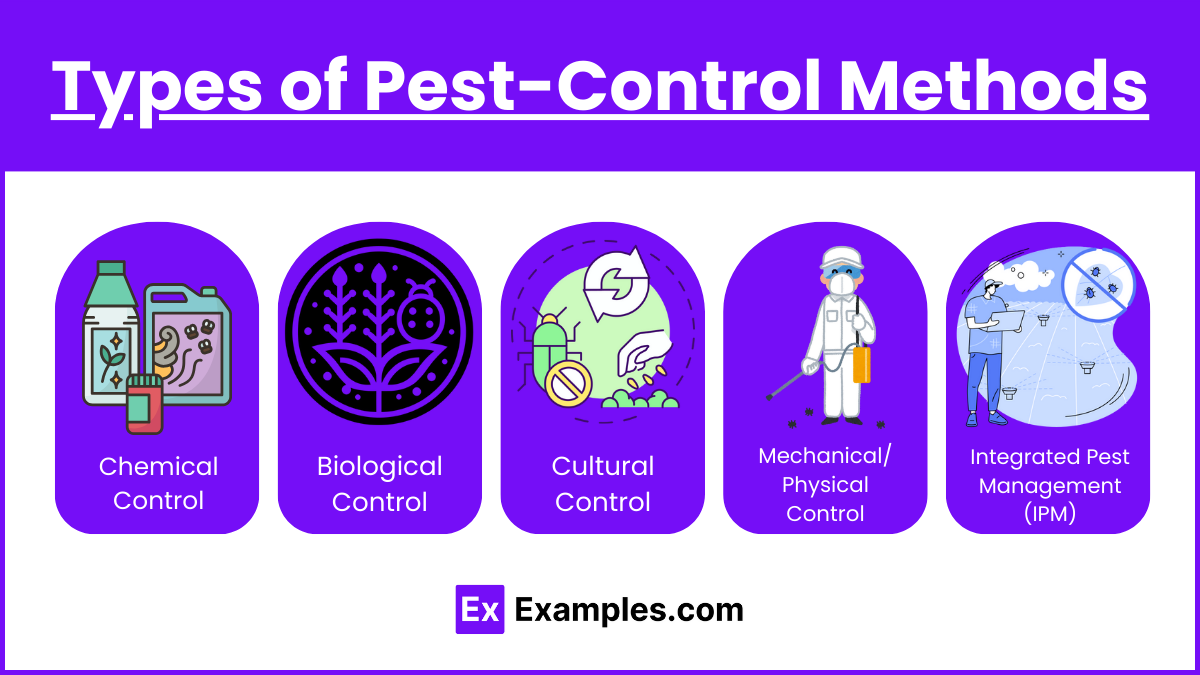Get This Report about Pest Control
Pest Control Things To Know Before You Buy
Table of ContentsAll About Pest ControlAn Unbiased View of Pest Control7 Easy Facts About Pest Control ShownHow Pest Control can Save You Time, Stress, and Money.The Definitive Guide to Pest Control
Check out plants thoroughly (tops of fallen leaves, bases of fallen leaves, stems, and soil) before growing to be certain they are clean. Think about growing recognized as immune to pests. Resistant cultivars are those that ward off, are unpleasant to, or otherwise disagree as food for sure insects or that stand up to feeding by particular parasites with little decrease in return or quality.If deer are a problem in a garden, choose a plant that is naturally resistant to deer predation over a plant that is much more attractive to deer. An indigenous downy hawthorn (Crataegus mollis) would certainly be a far better option than an Eastern redbud (Cercis canadensis (Pest Control). Planting two similar crops in successive years tends to increase pest problems.
Some insects hibernate in the soil or clutter around plants or lay eggs in or on the host plant. Use related crops in a website only once every 3 or 4 years.
Plant rotation is most effective on parasites that establish on a couple of plants. Bugs that become extreme on cabbage most likely also infest close-by mustard, broccoli, and collards, but they might not spread to cabbage grown on the other side of the yard.
Our Pest Control Statements

Weeds and turfs can harbor both pests and beneficial pests. Crawler mite issues are fewer, for example, if broadleaf weeds near fruit trees are removed. If the weeds are very closely relevant to the plant plants, they can harbor pest bugs and must be eliminated. Insects with a wide host rangesuch as armyworms, crickets, cutworms, flea beetles, insects, lygus bugs, slugs, snails, have an odor bugs, and thripsoften populate weedy locations and can relocate to nearby preferable plants.
It is essential to trim weeds before a plant is established to protect against bugs from relocating to the desirable plants. Weeds that bring in insects can be official site a feeding ground for birds.
The Main Principles Of Pest Control
The blossoms of thistle, plantain, knotweed, and dandelion are essential to honey bee populaces. Removing weeds after flowering however prior to seed set offers food for the honey but keeps the weeds from proceeding to spread out. Another way to handle insect parasites is to grow a crop that is extremely click reference appealing to bugs and then treat the trap plant with pesticide.
Crop rotation is a useful social approach for reducing bug and illness issues, but numerous gardeners do not have the area to adequately execute this practice. Where space is restricted, it may be best to enable the yard to lay fallow for a year or 2 or even more. Take into consideration elevated beds with brand-new dirt or plant in containers when you know a disease problem exists.
Leave a few inches of space around the trunk of the plant when mulching. Scot Nelson Flickr Number 84. Plant turning is vital.

Getting The Pest Control To Work
Nearly any kind of big non-venomous pest can be chosen off at any kind of stage. To avoid the task of hand-squashing the insects, knock the insects and egg clusters right into a coffee can or quart container with a tiny amount of water and a little recipe detergent. Insect catches can aid with detection and management.
These traps do not capture some wingless types, as well as those types active only throughout the day (diurnal) as opposed to energetic during the night (nocturnal). Pheromone traps are used Discover More for finding the visibility of parasites or in some cases for interrupting insect mating routines. Grown-up women create and launch a chemical smell appealing to men of the exact same species.
Rainfall, amazing temperatures, wind rate, and wind instructions can minimize the attractions' effectiveness. The ideal success happens when the insect thickness is low and motion right into the area is minimal.
The 9-Minute Rule for Pest Control
Mix 1 quart of clay with 2 gallons of water and 1 tablespoon of fluid soap in a sprayer. This barrier is precautionary; it will not function if an insect pest is currently developed.